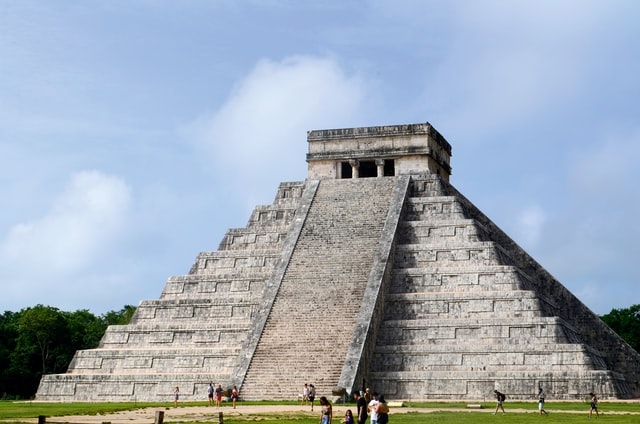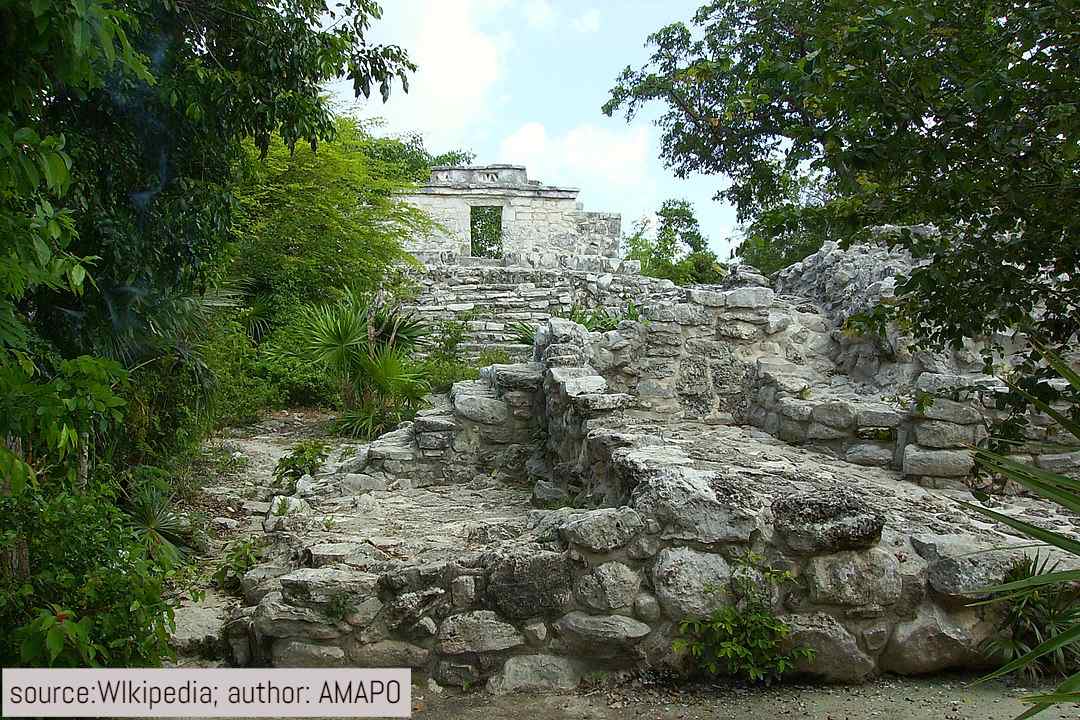Cancún Underwater Museum
Share this attraction
Back

Cancún Underwater Museum
Cancun
Cancún Underwater Museum - the most important information
The Cancún Underwater Museum is a non-profit organization based in Cancún, Mexico devoted to the art of conservation. The museum has a total of 500 sculptures, most by the British sculptor Jason deCaires Taylor and the others by five Mexican sculptors, with three different galleries submerged between three and six meters deep in the ocean at the Cancún National Marine Park. The works started in 2009 and the museum officially opened in November 2010. Its goal is to preserve nearby coral reefs and nature in general.
History of the Cancún Underwater Museum
At the beginning of 2008, Jaime Gonzalez Canto and Jason deCaires Taylor began to create the plans for an underwater museum that would be formed by nature into a coral reef. The natural coral reefs were being damaged by tourists, anchors, and divers. In particular, the largest coral reef in Cancún, Manchones Reef, was getting the most damage because it is most often visited by divers. Pursuing research on artificial reefs, authorities came across Taylor, who had been pioneering the use of underwater sculptures for the creation of artificial reefs on a project in Grenada that demonstrated the value of art in conservation, the Molinere Underwater Sculpture Park. The museum officially opened on November 27th 2010, shortly before the start of the Cancún climate summit. By the end of 2013, five years after the foundation of MUSA, a total of 500 concrete sculptures had been placed on the ocean floor, 487 by Taylor and the rest by five Mexican artists.
What to see in MUSA?
MUSA is divided into areas, which are called Salons. The Salons at MUSA contain different art installations and are situated at different depths:
- MUSA Salon Manchones: Salon Manchones is 8 meters deep and is suitable for both divers and snorkelers. There are nearly 500 underwater sculptures in Salon Manchones. The eeriest of Taylor’s installations are here. It’s here in Salon Manchones that you’ll also find the life-size replica of a Volkswagen Beetle. Besides that, here you can see the most special exhibition in the museum, The Silent Evolution which consists of more than 400 life-sized human figures. It’s designed to show how humans see and embrace their surroundings; the details on the faces are incredible.
- MUSA Salon Nizuc: Salon Nizuc is only 3.5 – 4 meters deep and is suitable only for snorkelers. There are 23 sculptures in Salon Nizuc.
- Plaza Kukulcan Visitor Centre: If you don’t want to get your feet wet you can take a trip to the Plaza Kukulcan visitor center. It’s in a mall in the Cancun hotel zone. You’ll find 26 replicas and one original sculpture situated here.
What you should know before going to the MUSA?
There are several things that can help you make the most of your trip here:
- You can take a scuba diving trip to MUSA setting off in the morning or at lunchtime, depending on the dive company you select. It’s possible to dive year-round in Cancun. You don’t need to be an accredited diver to visit MUSA. Many Cancun scuba diving companies will take you on an assisted dive.
- The average water temperature in Cancun is 23C to 26C in the winter and 27C to 29C in the summer. You’ll find that the best diving times at MUSA are between November and April; there’s less rain and it’s not as hot.
- There are changing facilities at the dive shops. They also rent (or include in the dive rate) a short wetsuit and full dive gear. Take swim gear, a towel, and water.
Tickets and opening hours of MUSA
This museum is open every single day of the week from 9 am to 2 pm. On the other hand, there are several tours and group trips that you can arrange. The pricing starts at around 45 USD and goes up to 100 USD. So, it would be best for you to check the detailed prices of the tickets on the Museum’s official website.
How to get to the MUSA?
You can visit MUSA by diving, snorkeling, or by a glass-bottomed boat. It is possible to visit MUSA from Isla Mujeres or from Cancun. This incredible underwater art installation is located between 4 and 8 meters below the surface between Cancun and Isla Mujeres. It's built on what was barren seafloor. How you visit depends on which area of the museum you want to see.
Location
Learn more about this destination
Discover the beauty of the destination through blogs that highlight the most famous landmarks, hidden gems, and provide travel tips for visiting this destination. Embark on an adventure through the stories of experienced travelers.
















